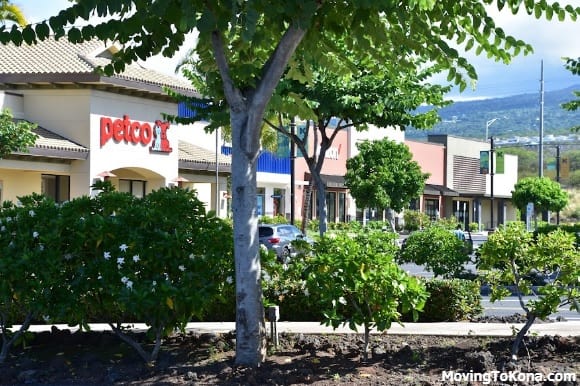Why is Spam so Popular in Hawaii?

Why is Spam so Popular in Hawaii?
Spam’s popularity in Hawaii stems from its historical association with World War II, when it was introduced as a protein source for American troops. Over time, it became integrated into local cuisines due to Hawaii’s cultural diversity. Spam’s affordability, long shelf life, and versatility contribute to its appeal. It holds nostalgic value as a comfort food, evoking memories of family gatherings. Its convenience and adaptability to traditional recipes have made it a staple in Hawaiian cuisine, such as in dishes like Spam musubi. Today, Spam continues to be cherished in Hawaii as a beloved and iconic food item.
Spam is popular in Hawaii for several reasons:
- Historical Context: Spam gained popularity in Hawaii during World War II when the islands were heavily militarized. The American military brought Spam as a readily available and long-lasting source of protein for their troops. It became a staple in their diet and was distributed among the local population as well.
- Cultural Fusion: Hawaii is a melting pot of different cultures, including Native Hawaiian, Japanese, Filipino, and Portuguese, among others. These cultures have incorporated Spam into their traditional cuisines, creating unique fusion dishes. For example, Spam musubi, a sushi-like snack with a slice of grilled Spam on top of a block of rice wrapped in nori (seaweed), is a popular local favorite.
- Affordability and Accessibility: Spam is relatively inexpensive and has a long shelf life, making it an affordable and convenient food option for many Hawaiians. It doesn’t require refrigeration until opened, making it suitable for storage in Hawaii’s warm climate and remote areas where access to fresh food may be limited.
- Nostalgia and Comfort Food: Spam has become a nostalgic comfort food for many Hawaiians who grew up eating it. It is associated with memories of family gatherings, school lunches, and traditional recipes passed down through generations. Its familiarity and taste evoke a sense of home and cultural identity.
- Versatility: Spam is a versatile ingredient that can be prepared in various ways. It can be pan-fried, grilled, or added to stews, stir-fries, and noodle dishes. Its salty and savory flavor pairs well with rice, noodles, and vegetables, allowing for creative and diverse culinary uses.
Overall, the popularity of Spam in Hawaii can be attributed to its historical significance, cultural fusion, affordability, convenience, nostalgic appeal, and its adaptability to local cuisine. It has become deeply ingrained in Hawaiian food culture and continues to be enjoyed by residents and visitors alike.

What are Examples of Local Dishes Featuring Spam at Restaurants?
In Hawaii, you can find various local dishes at restaurants that feature Spam as a key ingredient. Here are a few examples:
- Spam Musubi: This is a popular snack or lunch item that consists of a block of rice topped with a slice of grilled or pan-fried Spam, and then wrapped in a strip of nori (seaweed). It’s often seasoned with a soy sauce-based glaze or furikake (Japanese seasoning).
- Loco Moco: This dish typically includes a bed of white rice topped with a hamburger patty, a sunny-side-up egg, and brown gravy. Some variations of Loco Moco substitute the hamburger patty with slices of Spam, providing a unique twist to this Hawaiian comfort food.
- Spam Fried Rice: A delicious combination of diced Spam, cooked rice, vegetables like peas, carrots, and onions, scrambled eggs, and soy sauce. The ingredients are stir-fried together to create a flavorful and filling dish.
- Spam and Eggs: A classic breakfast choice, consisting of Spam slices served alongside eggs (scrambled, fried, or over easy). It’s often accompanied by rice and macaroni salad, creating a hearty and satisfying meal.
- Spam Saimin: Saimin is a popular noodle soup dish in Hawaii, similar to Japanese ramen. Some versions of Saimin include Spam slices as one of the toppings, along with green onions, fish cake, and other ingredients in a flavorful broth.
These are just a few examples of how Spam is incorporated into local dishes in Hawaii. Many restaurants offer their own unique interpretations and variations, showcasing the versatility and creativity in utilizing Spam as a beloved ingredient in Hawaiian cuisine.
